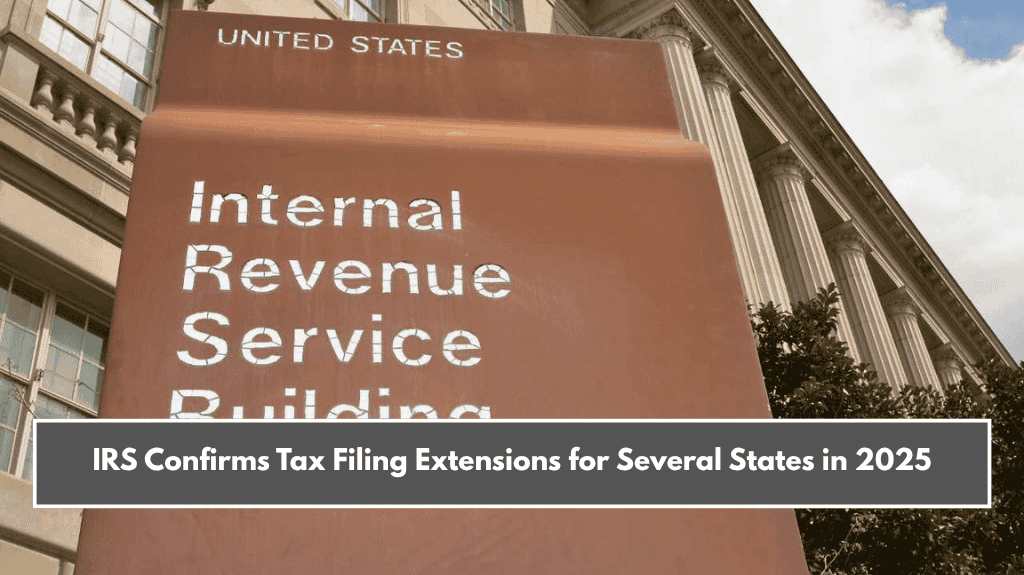Families in Ohio and Georgia could soon see big savings, thanks to two new child tax credit proposals. These programs aim to help working families manage the rising costs of childcare and daily living.
If approved and rolled out, many households with children may be eligible to claim hundreds or even thousands of dollars in tax credits over the coming years.
Let’s break down what’s being offered in each state, who qualifies, and how it could affect your family’s finances.
Ohio Proposes the Thriving Families Tax Credit
In March 2025, Ohio lawmakers introduced House Bill 140, called the Thriving Families Tax Credit. This plan offers a refundable credit of $1,000 per child under 6 and $500 per child under 18. The goal is to give more financial relief to middle- and lower-income families.
This bill was discussed during a community roundtable in Dublin, Ohio, in May. If passed, it would help around 1.8 million children across the state.
Families with incomes under $65,000 would get the full credit. The amount would decrease gradually until it ends completely at $85,000 in income. According to Policy Matters Ohio, those earning less than $24,000 would see about $122 in annual tax savings — about $10 per month.
Lawmakers supporting the bill, like Representatives Lauren McNally and Crystal Lett, say it’s about easing the cost of living and making the tax system fairer for working families. The bill is being reintroduced after failing in earlier attempts. However, details on funding and long-term costs have not been made public yet.

Georgia Approves New Childcare Tax Credits Starting in 2026
Georgia is already moving forward with its own plan. Governor Brian Kemp signed House Bill 136, which will give families $250 per child under six years old, starting in 2026. This credit will work along with the federal child tax credit, but only if the child lives with the parent for more than six months in a year.
This plan also includes support for employers. Businesses that help their employees with childcare costs can claim up to $1,000 per child in 2026, and $500 in the years after. However, the total available to all businesses will be limited to $20 million per year.
Employers must apply for this credit through Georgia’s Department of Early Care and Learning. The goal is to encourage more companies to support their workers with young kids, especially as childcare costs keep rising.
Lt. Governor Burt Jones said the law is part of efforts to make Georgia more attractive to both families and businesses. The tax credits will take effect in July 2025, but people will start claiming them in 2027.
What Families Need to Know About Eligibility
While both states are offering help, the rules are a bit different.
Ohio’s credit is:
- Based on income and child’s age
- Refundable (you can get the money even if you don’t owe taxes)
- Offers help to families earning up to $85,000
Georgia’s credit is:
- Only for children under 6
- Nonrefundable (you must owe taxes to benefit)
- Only helps families with a tax liability
Both programs exclude higher-income families, as the aim is to help those who need it most. In Ohio, more families qualify because of the refundable design. In Georgia, the support is more limited but includes business incentives to ease childcare burdens.
Ohio and Georgia are stepping up to help families with the growing cost of raising children. With new tax credits proposed and approved, families could save hundreds or even thousands of dollars. While Ohio’s Thriving Families Tax Credit is still in the proposal stage, Georgia’s plan is already signed into law and begins rolling out next year.
These credits show how states are working to support working parents, especially those with young kids. If you live in either state, it’s worth keeping an eye on these changes — they could make a real difference to your yearly budget.















